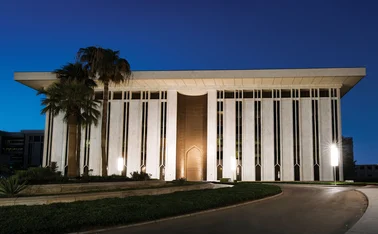
Minneapolis Fed paper examines DNA of crypto assets
Cryptography can identify modifications in transaction records without a central structure

Just as a family tree is linked by DNA, which allows any given individual to trace his or her ancestry, blockchain provides the technology that enables similar analysis in the exchange of value between two parties.
Angela Lawson, a senior payment consultant at the Federal Reserve Bank of Minneapolis, uses this analogy in an article published on June 7 to explain how blockchain works.
The technology behind blockchain and its related crypto assets is cryptography, which performs several key
Only users who have a paid subscription or are part of a corporate subscription are able to print or copy content.
To access these options, along with all other subscription benefits, please contact info@centralbanking.com or view our subscription options here: http://subscriptions.centralbanking.com/subscribe
You are currently unable to print this content. Please contact info@centralbanking.com to find out more.
You are currently unable to copy this content. Please contact info@centralbanking.com to find out more.
Copyright Infopro Digital Limited. All rights reserved.
As outlined in our terms and conditions, https://www.infopro-digital.com/terms-and-conditions/subscriptions/ (point 2.4), printing is limited to a single copy.
If you would like to purchase additional rights please email info@centralbanking.com
Copyright Infopro Digital Limited. All rights reserved.
You may share this content using our article tools. As outlined in our terms and conditions, https://www.infopro-digital.com/terms-and-conditions/subscriptions/ (clause 2.4), an Authorised User may only make one copy of the materials for their own personal use. You must also comply with the restrictions in clause 2.5.
If you would like to purchase additional rights please email info@centralbanking.com
Most read
- Atlanta Fed’s GDP estimate takes a nosedive
- Central Banking Awards 2025: first winners announced
- Do central bank governors make good prime ministers?

















